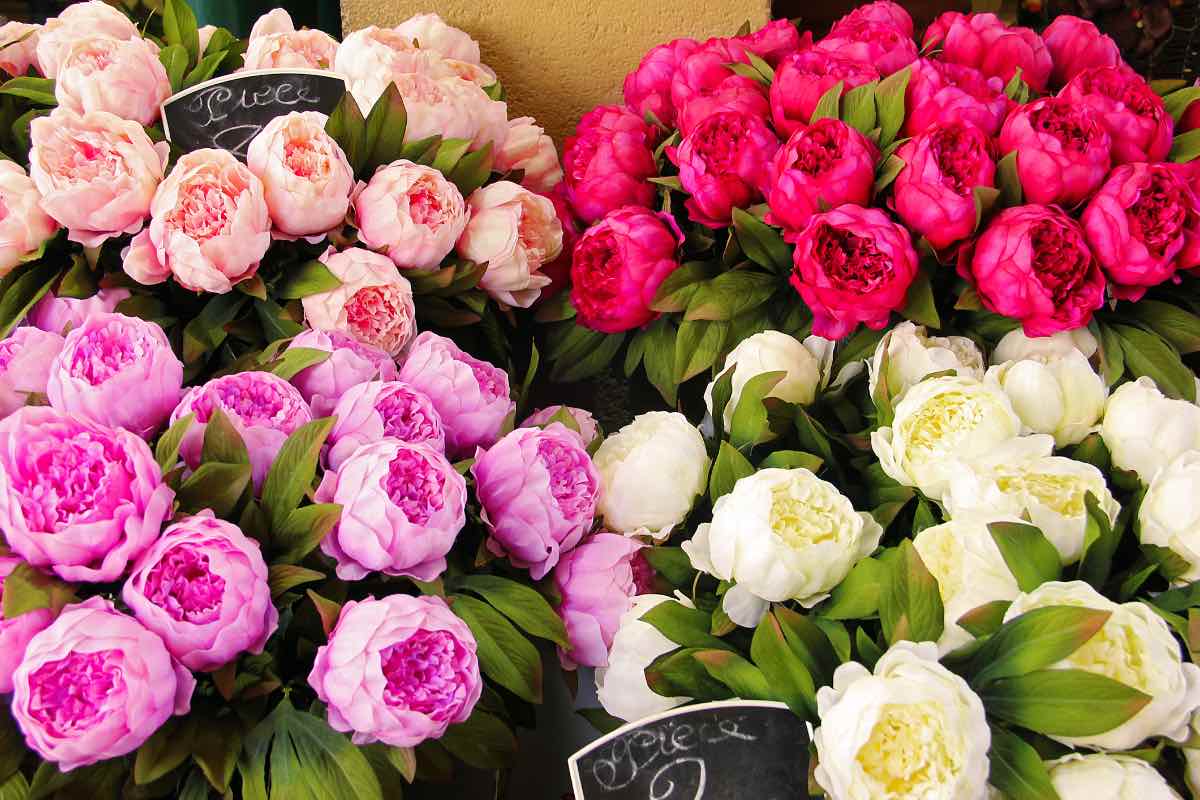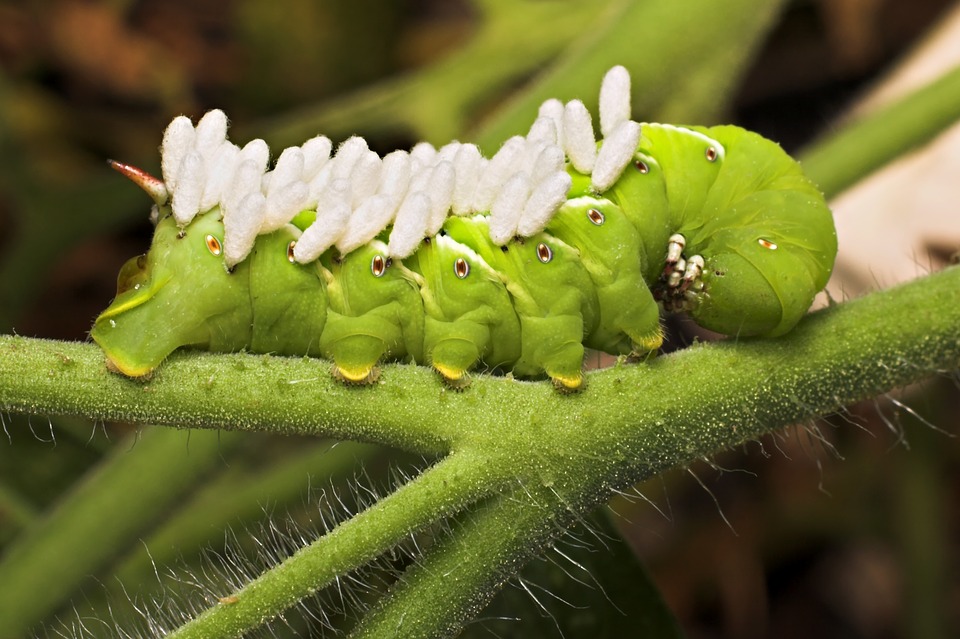Peonies are beloved for their exquisite, showy blooms and enchanting fragrance. These perennial beauties come in a variety of colors and are a favorite in gardens around the world. In this comprehensive guide, we’ll explore how to grow and care for peonies, from selecting the right variety to nurturing them for years of stunning blooms.
Choosing the Right Peony Variety
Before embarking on your peony-growing journey, it’s essential to choose the right variety for your garden. There are three main types of peonies: herbaceous, tree, and intersectional (Itoh) peonies. Herbaceous peonies are the most common and come in various colors. Tree peonies feature woody stems and produce large, often exotic-looking blooms. Intersectional peonies are a hybrid of herbaceous and tree peonies, known for their unique foliage and vibrant flowers. Consider your climate, space, and personal preferences when selecting the perfect peony variety.
Planting Peonies
Planting peonies requires careful consideration of location and soil preparation. Choose a sunny spot in your garden with at least 6-8 hours of direct sunlight. Ensure well-draining soil with a pH level between 6.5 and 7.0. Plant peonies in the fall or early spring, and dig a hole that is about 2 feet deep and wide. Place the peony tuber (root) in the hole with the “eyes” (buds) facing upward, covering them with no more than 2 inches of soil.
Proper Spacing
Space peonies at least 3 to 4 feet apart to allow for proper air circulation and to prevent overcrowding as they mature. This spacing ensures that each plant receives adequate sunlight and airflow, reducing the risk of disease.
Watering
Peonies need consistent moisture, especially during their growing season in spring and early summer. Water them deeply once a week, providing approximately 1 inch of water. Be cautious not to overwater, as peonies are susceptible to root rot in waterlogged soil. Mulching around the base of the plants helps retain soil moisture and regulates temperature.
Fertilizing
Fertilize your peonies in the early spring with a balanced, slow-release fertilizer or a specifically formulated peony fertilizer. Avoid excessive use of high-nitrogen fertilizers, as they can encourage lush foliage at the expense of blooms. Follow the recommended application rates on the fertilizer package.
Support for Heavy Blooms
The large, lush blooms of peonies can become top-heavy and may require support to prevent them from bending or breaking. Install peony rings or stakes early in the growing season to provide support as the plants develop. This will help maintain the integrity of the blossoms and keep your peonies looking their best.
Pruning
Peonies do not require heavy pruning, but some maintenance is beneficial. Deadhead faded blooms to encourage more flower production and prevent seed formation. In the fall, once the foliage has withered, trim it back to ground level to prevent disease overwintering on plant debris.
Disease and Pest Management
Peonies can be susceptible to diseases like botrytis and powdery mildew, as well as common pests like aphids and nematodes. To prevent and manage these issues, maintain good air circulation around the plants, avoid overhead watering, and promptly remove any diseased or infested foliage. Applying organic fungicides or insecticidal soaps as needed can help keep your peonies healthy.
Transplanting and Division
Peonies can thrive in the same location for many years, but there may come a time when they need to be divided to maintain their vigor. This typically occurs every 10 to 15 years. To divide peonies, carefully dig up the entire plant in the fall after it has gone dormant. Use a sharp knife to divide the root system into sections, ensuring that each division has healthy “eyes.” Replant the divisions as you would new peony plants.
Enjoying the Blooms
One of the joys of growing peonies is the anticipation of their breathtaking blooms. Depending on the variety, peonies typically bloom in late spring to early summer. As they burst into color, you’ll be rewarded with large, fragrant flowers that make stunning cut flower arrangements. Bring a touch of elegance and beauty to your home with freshly cut peonies to enjoy indoors.
Growing and caring for peonies is a rewarding experience that brings beauty and elegance to your garden. By selecting the right variety, providing proper care, and managing pests and diseases, you can enjoy the stunning blooms and delightful fragrance of peonies for years to come. With their timeless charm and vibrant colors, peonies are a cherished addition to any garden, making each spring and early summer a season to look forward to.



